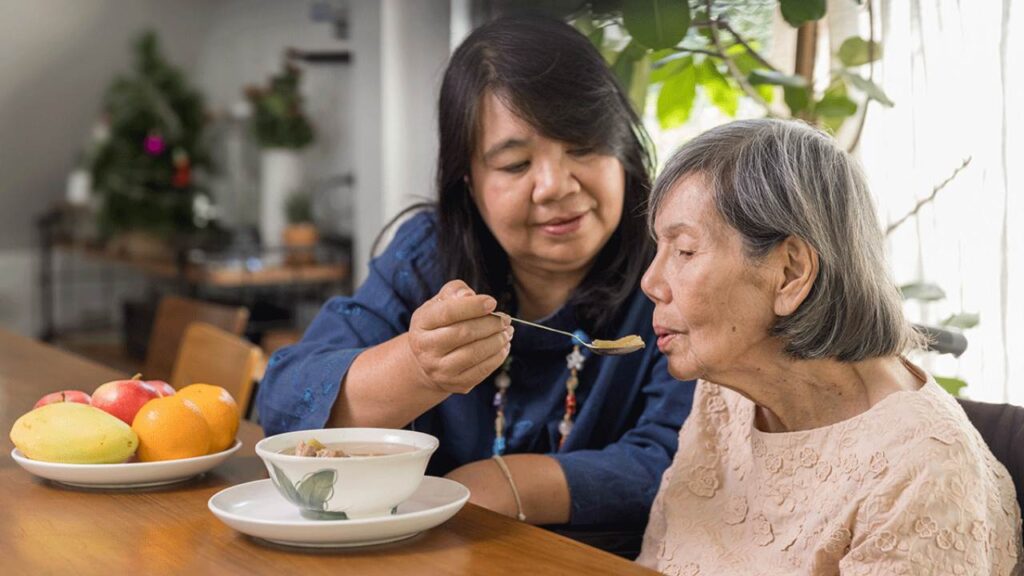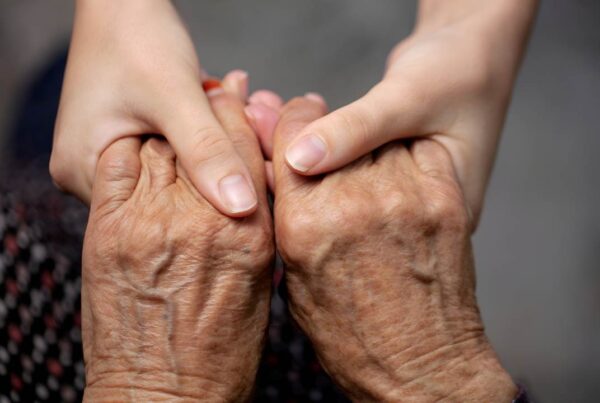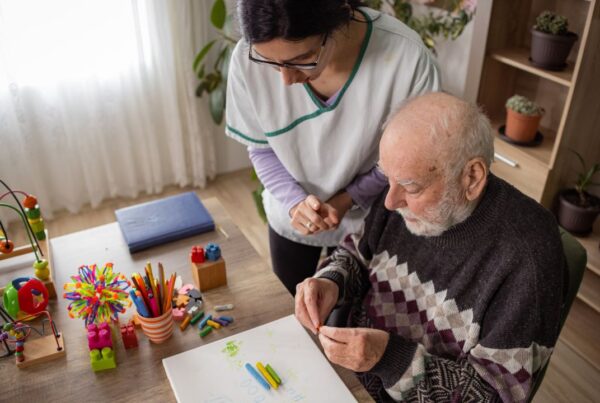Ever wondered if there’s a quick way to take a break from caring for a loved one, without letting their care slide? Yes, respite care is your answer! This service is all about giving caregivers like you a well-deserved break so you can relax and come back feeling refreshed.
In this blog, we’re going to break down what respite care really means, why it’s so important for caregivers and the elderly, the different kinds available, and how it stands out from convalescent care. Plus, we’ll tackle a big question many caregivers ask: “How much respite care am I allowed?” Our aim is to make the idea of respite care simple and clear for everyone.
So, let’s get going.
What is Respite Care?
Think of respite care as a helping hand. It’s when someone else steps in to take care of your loved one for a little while, giving you a chance to rest. This break can be for a few hours, a day, or even longer. It’s all about making sure you have time to relax and do things for yourself, which is super important when you’re looking after someone else.
Respite care can happen in different places. Sometimes, it’s right at home, where your loved one feels most comfortable. Other times, it might be at a place with lots of other people, like a day centre, or even a short stay in a care facility. The main idea is that your loved one is safe and well-cared for, so you don’t have to worry while you’re taking your break.
And here’s a big point to remember: Taking breaks is really important for staying strong and happy as a caregiver. It’s like when you’re told on an aeroplane to put on your own oxygen mask before helping others. By taking care of yourself, you’re in a better position to care for your loved one. So, it’s not just okay to take breaks; it’s a key part of being a great caregiver
How Does Respite Care Ease the Burden on Your Loved One?
Caring for a family member is rewarding but also comes with its challenges. Respite care steps in to lighten the load, not just for caregivers but significantly for the ones they care for. Here’s the difference it makes:
A refreshing break from routine
Feeling stuck in the same daily routine can be draining for anyone. Respite care introduces a refreshing change of scenery for your loved one, offering new surroundings and a break from the usual. This change can boost their spirits and give something to look forward to.
Valuable social interactions

With respite care, there’s a chance for your family member to meet and interact with others, be it caregivers or peers, in a group setting. Social connections are key to emotional well-being, and these new interactions can bring joy and a sense of community.
Expert care and fresh perspectives

Professional respite caregivers bring their expertise and might offer new ways to manage care needs, contributing to improved well-being. Quality care from a fresh perspective can make all the difference, ensuring your loved one continues to receive the best support.
Renewed relationships
Time apart can strengthen relationships. A short break can strengthen the bond between you and your loved one, making the time you spend together even more meaningful.
What is the Importance of Respite Care for Caregivers and Seniors?

Respite care is a lifeline for both caregivers and the seniors they look after. Let’s break down why it’s so crucial:
For caregivers: a much-needed pause
Caregiving is a 24/7 job that can quickly lead to burnout if there’s no break in sight. Respite care offers caregivers a pause, a chance to catch their breath, handle personal tasks, or simply rest. This break is vital for maintaining their health and well-being, ensuring they can continue to provide care with energy and compassion.
For seniors: enhanced quality of life
Seniors benefit greatly from respite care too. It’s not just about the continuity of care but also about enriching their daily life. Respite care can introduce seniors to new activities, social opportunities, and care approaches that enhance their overall quality of life.
Strengthening bonds
Constant caregiving can strain the closest relationships. Respite care can refresh and strengthen the bond between caregivers and seniors by preventing feelings of frustration or exhaustion on the caregiver’s part and dependency or guilt on the senior’s part.
Professional support
Respite care often involves professionals who bring fresh insights into care routines, potentially improving the senior’s health and happiness. Access to professional care, even temporarily, can introduce new strategies that benefit both the caregiver and the senior in the long run.
What are Other Types of Respite Care?
Respite care comes in many forms to fit different needs and situations. Here are some other types you might not know about:
In-home respite care
This is when a caregiver comes to your home to take care of your loved one. It’s great because it keeps everything familiar for them. In-home care can be for just a few hours or even overnight, depending on what you need.
Adult day centres
These centres offer care and activities during the day, which is perfect for keeping your loved one active and engaged. Adult day centres are a good choice for socialising and enjoying different activities.
Emergency respite care
Sometimes, unexpected situations arise, and you need care fast. Emergency respite care is there for those times, offering quick support when you need it most.
Group respite programs
These programs are often held in community centres or places of worship and provide care in a group setting. It’s a chance for your loved one to meet others and enjoy group activities, making it great for their social life.
What is the Difference Between Convalescent Care vs. Respite Care?
It’s easy to mix up convalescent care and respite care, but they serve different needs. Let’s clear things up:
Convalescent care
Convalescent care is for someone recovering from an illness, injury, or surgery. It’s all about getting better after a hospital stay. The goal is to help the person heal and get back to their daily life. This case might include things like physical therapy, nursing care, and help with daily tasks until they’re strong enough to manage on their own.
Respite care
Respite care, on the other hand, is like hitting the pause button for caregivers. It gives them a chance to take a break from their caregiving duties. Respite care can be for a few hours, days, or even longer, and it’s all about giving the caregiver some time off. The person they care for is looked after by someone else during this time, so the caregiver can rest, handle personal matters, or just relax.
The main difference is why care is needed. Convalescent care is about recovery, helping someone get back on their feet after a health issue. Respite care is about support, giving caregivers a much-needed break. Both are important, but they serve different purposes in the care journey. Knowing the difference can help you find the right kind of support when you need it.
How Many Hours of Respite Care Are You Allowed?
When it comes to respite care, there’s no one-size-fits-all answer for how many hours you’re allowed. It can vary based on your specific situation, your location, and what services you’re using. Let’s break it down:
Based on Your Care Plan
If you have a care plan in place, it might outline specific hours of respite care you’re entitled to. This can change based on your loved one’s needs and your personal situation. Typically, this can range from a few hours a week to a more extended period, depending on what’s been agreed upon in the plan.
Government or Insurance Programs
If you’re getting respite care through a government or insurance program, there might be set limits. For example, some programs might offer a certain number of hours per month. It’s common to see allowances ranging from 8 to 12 hours per month, but this can vary widely.
Private Pay
If you’re paying for respite care out of pocket, your limits might be more flexible based on your budget and needs. In these cases, you can often arrange for as much or as little respite care as you need and can afford.
Annual Limits
In some cases, there might be yearly caps on respite care hours. For example, a program might allow for up to 2 weeks of respite care per year. These caps are designed to ensure that respite care is available when you most need a break.
Understanding your respite care allowance is crucial to planning your breaks and ensuring continuous care for your loved one. It’s always a good idea to check with your care provider, insurance, or local support services to get clear on the specifics of your allowance. This way, you can make the most of the respite care available to you and ensure you’re getting the rest you need to be the best caregiver you can be.
The Final Word!
So, we talked all about respite care, a type of help that gives caregivers a break and supports the person they’re taking care of. We looked at what respite care is, the different kinds you can get, and how it’s not the same as care you get when recovering from an illness. We also talked about how it helps the person being cared for, why it’s super important for both the person giving care and the one receiving it, and how much of this care you can get.
If you’re figuring out respite care and need some advice, Holly Care is here for you. Our friendly team is ready to answer your questions and help you find the right care for you and your loved one. Just reach out to Holly Care, and we’ll make things easier for you.
FAQ’s
What is respite care and who is it for?
Respite care is a temporary relief service for caregivers, providing them with a break while ensuring their loved ones continue to receive care and support. It’s suitable for anyone providing regular care to an elderly, ill, or disabled family member or friend.
What types of respite care are available?
Respite care can vary from in-home services, where a professional comes to your house, to adult day centres and short-term stays in residential care facilities. The choice depends on the needs and preferences of both the caregiver and the person receiving care.
How can respite care benefit caregivers and their loved ones?
For caregivers, respite care offers a much-needed break to rest and recharge, which can help prevent burnout and stress. For care recipients, it provides an opportunity for social interaction, engagement in different activities, and continuity of care by trained professionals.
How do you arrange for respite care?
Arranging respite care typically involves contacting a service provider for an assessment of needs. Many organisations like HollyCare can help match your requirements with appropriate services, and some may offer a no-obligation home visit to discuss your needs in detail and tailor the care accordingly.
What should I consider when choosing a respite care provider?
When selecting a respite care provider, consider the specific needs of your loved one, the type of care required, the qualifications and training of the caregivers, and the cost of services. It’s also helpful to visit potential facilities or meet with in-home care providers to ensure a good fit.
How is respite care funded?
Funding for respite care can come from various sources, including private pay, insurance, government programs, and charitable organisations. Some regions offer specific respite care funding or vouchers through social services, so it’s worth exploring all available options in your area.






